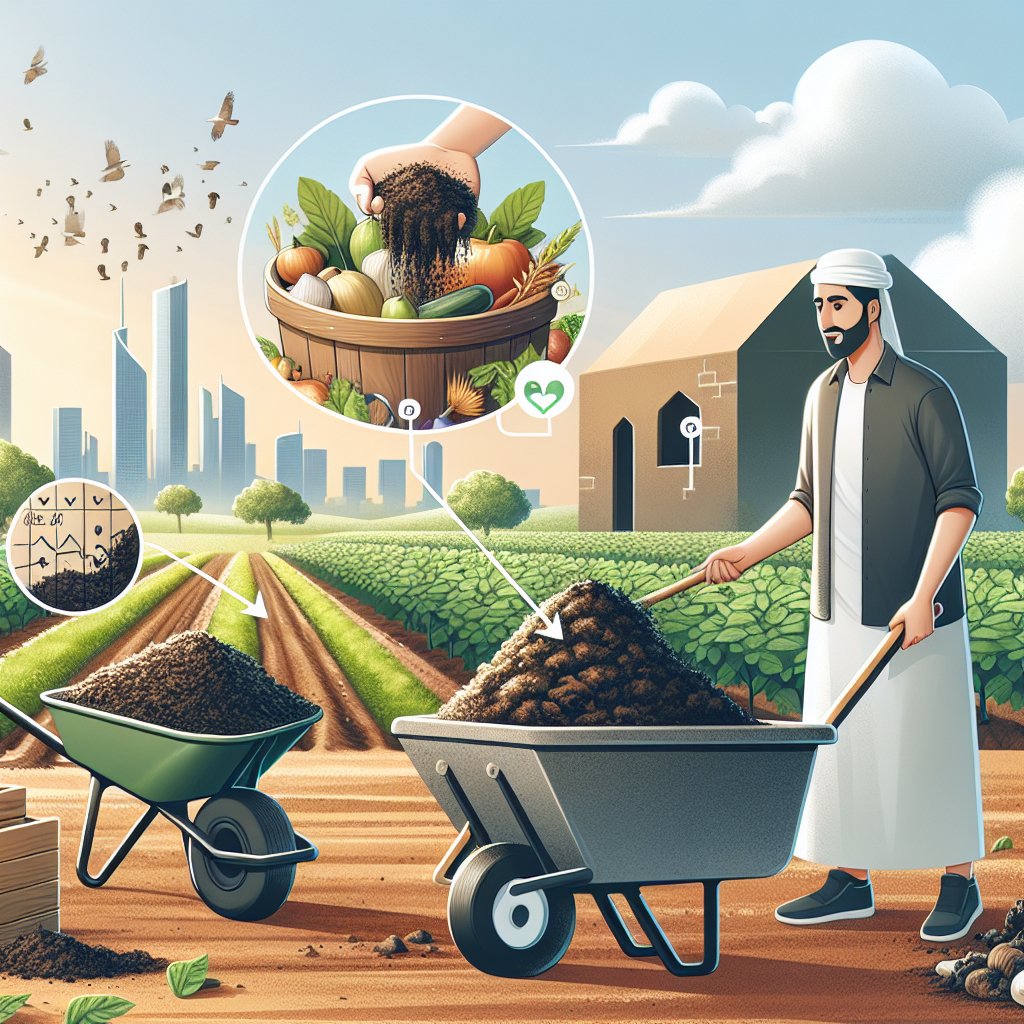Direct-to-consumer farm sales have emerged as a significant trend in the agricultural sector, offering numerous benefits to both farmers and consumers. This model, which involves selling agricultural products directly to the end consumer without intermediaries, has gained popularity due to its potential to enhance profitability for farmers and provide fresh, high-quality produce to consumers. In this article, we will explore the various advantages of direct-to-consumer farm sales, examining how this approach can transform the agricultural landscape.
Empowering Farmers Through Increased Profitability
One of the primary benefits of direct-to-consumer farm sales is the potential for increased profitability for farmers. By eliminating intermediaries such as wholesalers and retailers, farmers can retain a larger share of the revenue generated from their products. This direct sales model allows farmers to set their own prices, which can be more reflective of the true value of their produce, rather than being dictated by market forces and middlemen.
Moreover, direct sales enable farmers to build a loyal customer base that appreciates the quality and uniqueness of their products. This relationship can lead to repeat business and word-of-mouth referrals, further enhancing the farmer’s revenue streams. Additionally, by engaging directly with consumers, farmers can receive immediate feedback on their products, allowing them to make informed decisions about crop selection and production methods that align with consumer preferences.
Another financial advantage of direct-to-consumer sales is the reduction in marketing and distribution costs. Traditional supply chains often involve significant expenses related to transportation, storage, and packaging. By selling directly to consumers, farmers can minimize these costs, thereby increasing their overall profitability. Furthermore, direct sales can provide farmers with more predictable cash flow, as they receive payment immediately upon sale, rather than waiting for payments from intermediaries.
Enhancing Consumer Experience and Satisfaction
For consumers, direct-to-consumer farm sales offer the opportunity to access fresh, high-quality produce that is often superior to what is available in traditional retail outlets. By purchasing directly from farmers, consumers can enjoy products that are harvested at peak ripeness, ensuring optimal flavor and nutritional value. This direct connection to the source of their food also allows consumers to gain a deeper understanding of the agricultural practices used to produce their food, fostering greater transparency and trust.
Additionally, direct-to-consumer sales often provide consumers with access to a wider variety of products, including heirloom and specialty crops that may not be available in conventional grocery stores. This diversity can enhance the consumer’s culinary experience, encouraging them to explore new flavors and cooking techniques. Furthermore, by supporting local farmers, consumers can contribute to the sustainability of their local food systems, reducing the environmental impact associated with long-distance transportation of food products.
Direct sales also offer consumers the opportunity to engage with the farming community, whether through farmers’ markets, farm stands, or community-supported agriculture (CSA) programs. These interactions can foster a sense of community and connection, as consumers learn more about the people and processes behind their food. This relationship can lead to increased consumer satisfaction, as they feel more invested in the food they purchase and consume.
Challenges and Considerations
While the benefits of direct-to-consumer farm sales are significant, there are also challenges that farmers must consider when adopting this model. One of the primary challenges is the need for effective marketing and customer engagement strategies. Farmers must be able to effectively communicate the value of their products and build relationships with consumers, which can require time and resources that may be in short supply.
Additionally, direct sales require farmers to manage logistics such as order fulfillment, payment processing, and customer service. These tasks can be demanding, particularly for small-scale farmers who may not have the infrastructure or personnel to handle these responsibilities efficiently. Farmers must also navigate regulatory requirements related to direct sales, which can vary by region and product type.
Despite these challenges, many farmers find that the benefits of direct-to-consumer sales outweigh the obstacles. By leveraging technology and innovative marketing strategies, farmers can overcome these hurdles and successfully implement direct sales models that enhance their profitability and strengthen their connection to consumers.
Conclusion
Direct-to-consumer farm sales represent a promising opportunity for both farmers and consumers, offering a range of benefits that can transform the agricultural landscape. By empowering farmers with increased profitability and providing consumers with access to fresh, high-quality produce, this model fosters a more sustainable and transparent food system. While challenges exist, the potential rewards make direct-to-consumer sales an attractive option for farmers seeking to enhance their business and connect with their communities.



